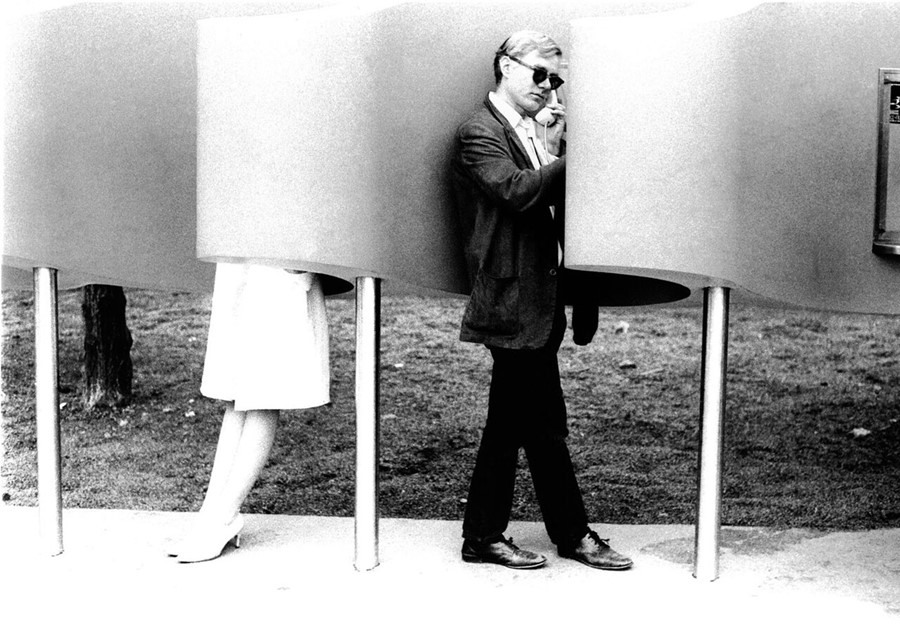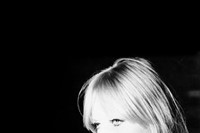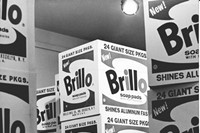Warhol's one-time lover and unofficial Factory photographer, Billy Name, offers an exclusive glimpse into New York's underground art scene
Of the many faces who passed through Andy Warhol’s silver Factory in the swinging 1960s and 70s, Billy Name was undoubtedly one of its most important unsung heroes. Partly because he was always armed with a camera; as the story goes, when Warhol first picked up a movie camera he thrust his old Pentax SLR at Name, with the instruction: “Billy, you do the photography now, because I’m going to do movies.” Name had an eye for taking photographs, and he duly assumed the role of unofficial photographer in his years hanging out at the Factory, diligently snapping away at the strange and wonderful characters and goings-on. “As I recall he was always at the factory,” John Cale remembers in his foreword to new book Billy Name: The Silver Age. “The pimpernel of the silver ballroom – sleeping there as a wide-eyed guard, then much later disappearing into his room for months at a time only to emerge, to take pictures, then retreat back into silent oblivion.”
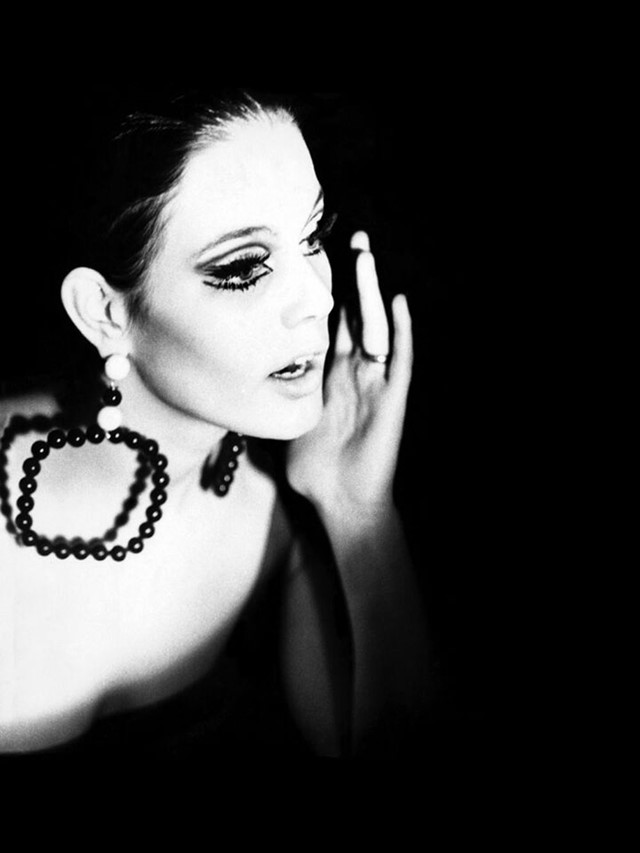
Name not only documented the Factory, but also played a pivotal role in constructing it. Previously a lighting designer, his first encounter with amphetamines was instrumental in the birth of his signature silver interior decorating style, and he employed it with abandon in the film and theatre sets he worked on throughout the 1960s. As Glenn O’Brien remembers in his introduction to the book: “One day Ondine gave Billy some amphetamines. Billy recalled, ‘All of a sudden I had energy to get up off the floor and start doing things.’ One of the first things Billy did was redecorate the apartment as an artwork, turning the whole thing silver with aluminum foil and spray paint.”
When Warhol visited Name’s apartment to attend one of his famous hair-cutting parties soon afterwards – Name’s father had been a barber – he invited Name to recreate the style at his new loft, a former hat factory on East 47th Street. “Andy didn’t just see a guy’s place and think, ‘That’s a real kook – he’s got foil all over the place,’” Name recalls. “He saw that I had done an installation.”
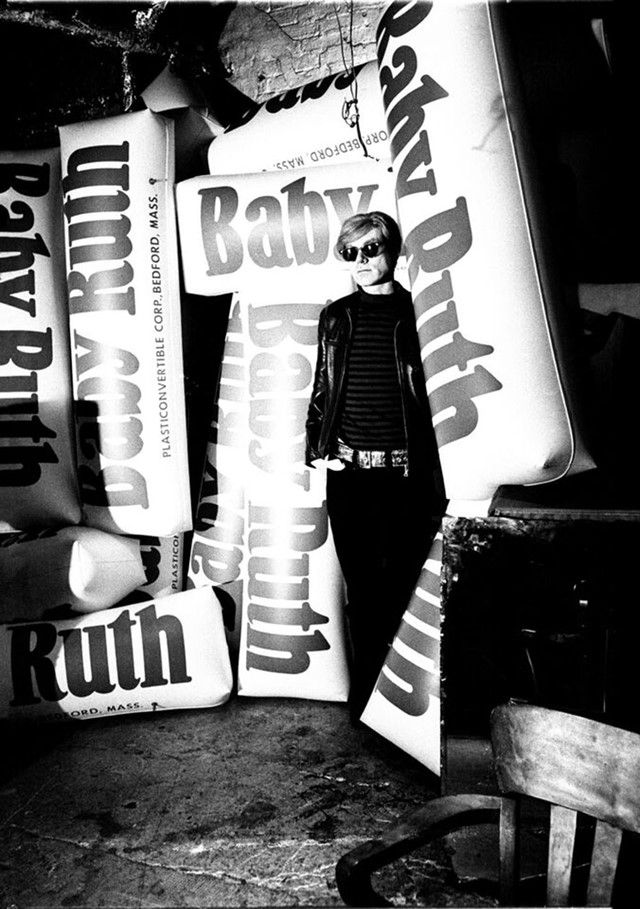
Name duly hung the walls with aluminium foil, and sprayed everything with Krylon paint. The Silver Factory was born. “It was like constructing this environment,” he said. “For me the whole place was a sculpture. And each time I added a piece to it was like adding another gem to the collection. I never did a specifically articulated thing. I always did a maximal job, but it was the same art thing, it was the same signature, or my tag; the whole silver thing.”
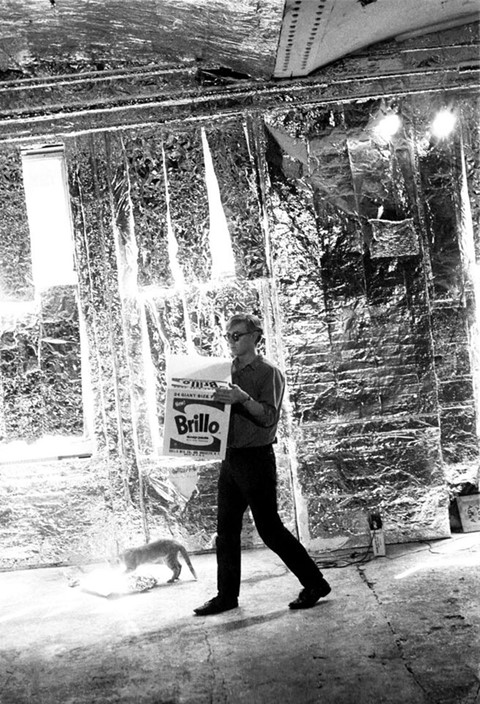
The silver of the factory walls reverberates in Name’s photography – a seemingly never-ending series of lunar faces peering out from between the Factory walls; building installations, making prints, or having parties. “I’m very much interested in portraiture, not only of people but of space, or people in spaces,” he says in the book. “When I take a picture I’m usually looking at a certain structural composition of the whole thing that is going on live, and when it’s just perfect my finger pushes the button... The camera, when I first started using it, wasn’t just about snapshots. I could see things that were matched to my aesthetic framework in that click.”
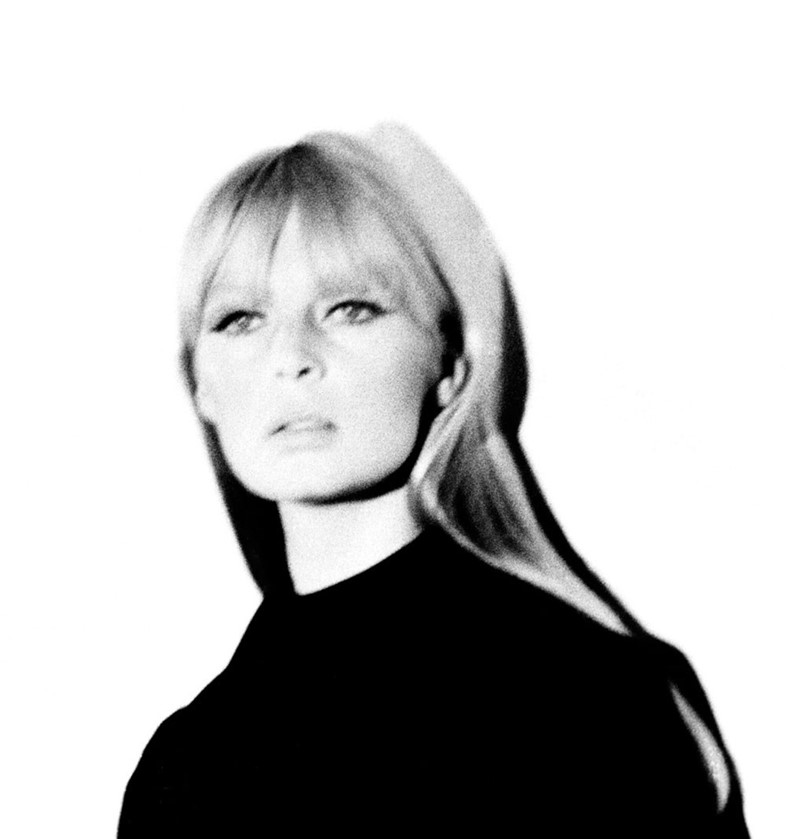
His singular portraits epitomise Warhol’s golden age and all of the characters who contributed to it, many of whom – Brigid Berlin, Gerard Malanga, Viva, Mary Woronov – have also been involved in the creation of Name’s new book. Flicking through it almost feels like disappearing momentarily into the alternative universe of the Silver Factory; Name and his contemporaries’ memories accompany the photographs, animating the oft-captured faces of Edie Sedgwick, Nico and Brigid Berlin with a new and utterly compelling fervour. Above all, his extensive archive serves to remind us of how extraordinary this era really was.
Billy Name: The Silver Age is available now, published by Reel Art Press. The series will be available to view at at Serena Morton in London from September 30th until October 23rd.
